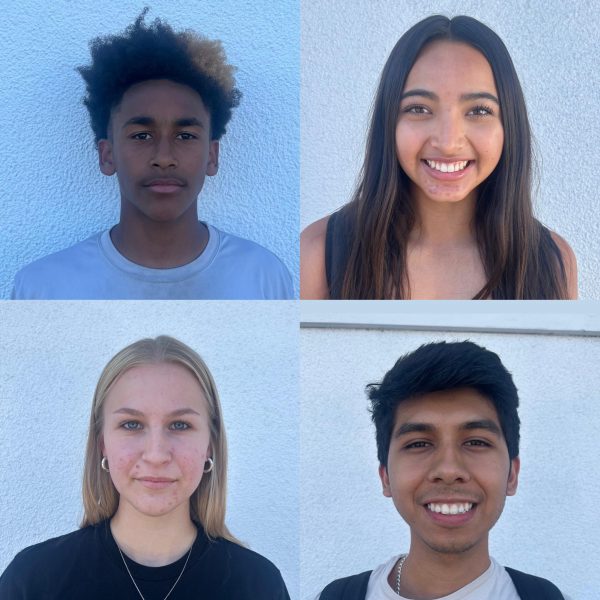Why students need harassment training
November 18, 2018
As high schoolers, we are so preoccupied with academics and daily conflicts we run into on a daily basis. Rarely do we stop and think about our own safety, and what we might face in the daunting “real world.” While school teaches students skills for responsibility, communication, and basic education, school does not teach their students basic safety skills, such as how to respond to being harassed. Harassment is not at the forefront of most students’ minds, yet training and prevention could change the course of a students’ life.
In many ways, students attending school can be compared to employees going to work. Both employees and students spend several hours a day in the same workplace environment. Similar to how managers and human resource officials at companies are required to undergo harassment prevention training to keep their employees safe, teachers are only minimally prepared to protect students.
All students should be required to be taught harassment safety training in a required core class, or in a separate class altogether to educate students. With these required courses, students can receive in-depth safety education on a more specific, individual basis.
It is necessary for students to undergo harassment training as it prepares them for events that commonly occur in and outside of school; harassment training will also help them identify and prevent harassment were it to occur in front of them. What is most important to note is the training should extensively inform students on why they cannot harass others and what classifies as harassment. The training would target various offenses ranging from verbal, physical, sexual, and discriminatory harassment based on their identity.
Minors are vulnerable and susceptible to harassment because most high school students have not lived through the same experiences as adults, who have spent more of their lives outside of a school environment than minors. The University of Rochester medical center states that, “The rational part of a teen’s brain isn’t fully developed, and won’t be until age 25 or so.” This is critical information because teenagers’ lack of life experience means they can be naive or vulnerable to negative influence. Students need to learn about the ins and outs of harassment prevention in a safe and educational environment in order to take smarter precautions.
Harassment training would greatly benefit Bonita Vista High School’s [BVHS] community due to its demographics. The unfortunate truth is shown by the Pew Research Center which reported in 2016 that over half of Hispanic Americans have experienced discrimination. When we take into account that 69% of the BVH student body identifies as Hispanic/Latino, statistically speaking, over 800 of Hispanic/Latino BVH students would experience discriminatory harassment during their lifetime. These statistics are disheartening, especially considering that most of these hundreds of students are unlikely to be prepared if they face discriminatory harassment.
Moreover, Yasmeen Obeid, a member of the Center of American-Islamic Relations (CAIR) arrived to BVHS’s Advanced Placement Art History class on Sept. 20 to discuss Islamic values and their impact on society. When asked about what to do if bystanders witness a Muslim being harassed in public and what the procedure would be to help them, she recommended that bystander harassment training and prevention would be the ideal solution. CAIR offers bystander harassment training to students upon request in order to protect Muslim Americans when faced with Islamophobia. Bystander harassment training can benefit anyone who is willing to be an ally for minority groups that face discrimination.
Other examples include local Taekwondo or Karate groups coming to BVHS to teach students helpful methods of self defense that can be used in a physically threatening situation. If these groups came together at the BVHS community to teach self defense and bystander harassment training, not only would BVHS students learn valuable safety skills, but also gain some knowledge about other minority based cultures and the extensive harassment that they endure. When students are informed about discriminatory harassment, they will know how to go about preventing themselves and others from being in harm’s way.
The training itself would not just include self defense mechanisms, but it should also educate students on how to identify harassment. Harassment and bullying can leave the targeted victims with a wide range of negative physical and emotional effects, yet some might not be aware that they or others are facing harassment. Students who are aware of harassment can confidently assert their safety.
One of the most important aspect that needs to be addressed in student harassment training would be informing students on why and how they cannot perpetrate harassment and bullying in the first place. While harassment training can maintain safety, prevention will foremost ensure that the likelihood of harassment will decrease.
The BVH administration has the tools to make their students knowledgeable about safety and I implore them to consider harassment training for the BVHS community. Despite the cliche, it is better to be safe than sorry as any measures taken to ensure the safety education of our students is a measure worth taking.











